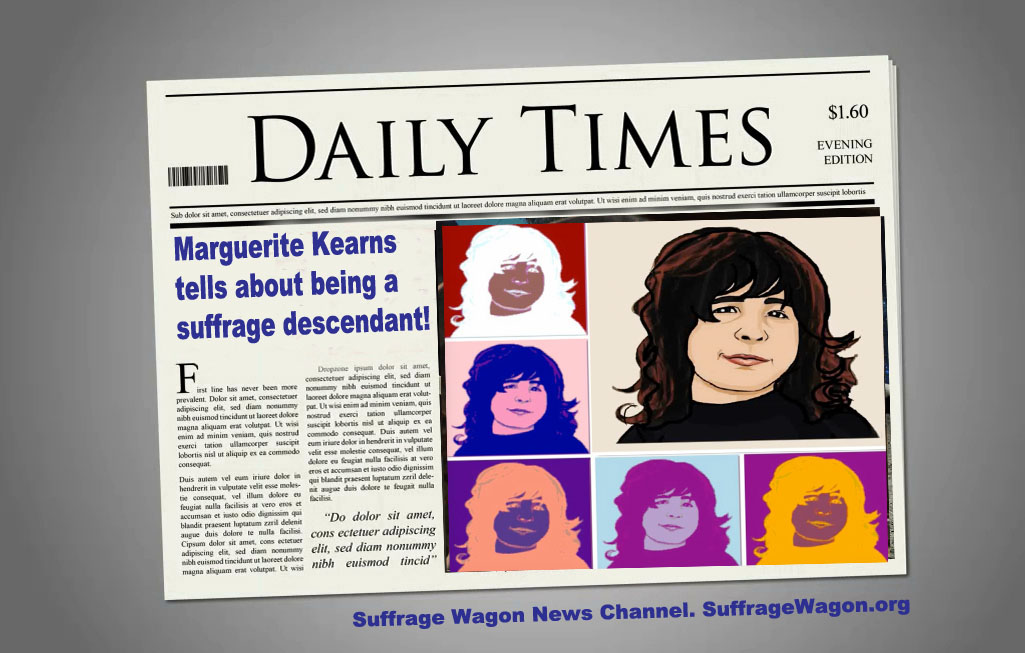by Marguerite Kearns
The idea that all suffrage activists were racists continues to describe this period. The US was designed as a top-down social and economic system, then as now. We are still suffering the results of this structure…today, as well as then.
Edna Buckman Kearns didn’t support this, even though her “best friend” Bess recognized the complications of reform versus revolution. In this instance, only reform was possible, even though the amount of time it took (generations) suggested an inherent difficulty. Citizens would go only as far as reform. Then, as now, we still live in a racist society even if the boundaries and limitations are more fluid.
Of course, people of color have issues with the way things operate. Slavery was awful, period. It shouldn’t have existed, period, but this form of racism has persisted.
Even though women’s rights and its context were revealed openly during the ratification process, little changed at the top levels of operation. The United States remained a top-down social and economic system, even though most US women were released to vote after the 19th amendment was approved.
During the ratification process, a different situation became clear. Limitations and restrictions remained in place on the local level that prevented many women of color from voting. It took decades for these limitations and restrictions to be removed. And indeed, many suffrage activists were racists. And many were not, even though many people of color believe that the possession of white skin affirms certain racist values.
Suffrage Wagon News Channel or SuffrageWagon.org has been publishing since 2009.



